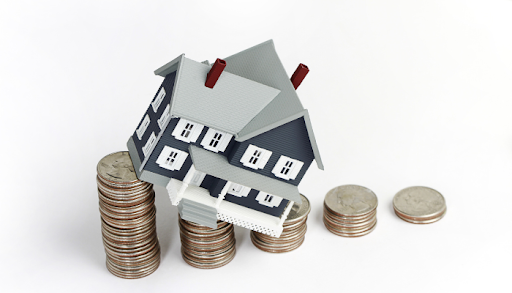
How Does Disassociation Impact Commercial Real Estate
As we use technology to decouple activity and location, we are constantly reshaping commercial real estate in the face of rapidly shifting conditions and uncertainties in the near term. This has led to fewer people investing in real estate, which has a negative effect on the market and creates potentially dire consequences for those in it. The property leasing manager can also help with this!
To help you understand more about disassociation, what it entails, and how it affects commercial property, REDAone created this blog post to help you become more educated about this topic so that you can take better care of your investment.
Work And office:
Nicholas Bloom, an analyst at Stanford, surveyed in June 2020 and found that 42 percent of the workforce in the United States was working from home full-time. This accounted for more than two-thirds of all economic activity in the United States.
The number of people in the US workforce who performed their jobs from home in such large numbers was last seen in 1900. At that time, most people lived on farms. Therefore work was physically performed at their homes.
It took more than a century for the traditional distinctions between work and home to begin melting again. Leaders of businesses are drawing lessons from the events that are taking place right now, and as a result, they are beginning to wonder what an office should be like after a pandemic.
Shared workspaces and independent workers are changing how commercial property is handled. These two groups have different work patterns and behaviors, so they’re reshaping the workplace.
In this situation, knowing whether you are dealing with an independent or office worker is important. We need to bridge this gap to design better buildings more efficiently.

Shopping and store:
For the past quarter of a century and a half, the growth of e-commerce has been driven by the creation of frictionless purchase experiences, next-day deliveries, and hassle-free returns. This ongoing growth compelled the landlords of shopping centers and malls to reassess their strategy and provide more all-encompassing experiences for their tenants.
The experience of going shopping now includes more dining and entertainment places, in addition to an increased number of unique events and attractions.
Most shopping for necessities, such as groceries, prescriptions, household items, and home improvement supplies, is still done in physical stores. It comes under condo property management.
However, technology is currently being developed to enable customers to scan things and check out on their own using a mobile device. In addition, tasks such as shopping for groceries can be delegated to third parties by utilizing applications such as Instacart and other pick-up and delivery services for groceries.
Banking And bank:
In the late 1980s, automated teller machines started to become widely used. These machines made it possible to withdraw and deposit money at any time of the day or night, which was a significant convenience. This would later be recognized as the initial step in a shift toward digitally enabled self-service banking options for customers.
Because of innovations such as electronic signatures, mobile check deposits, direct deposits, and online bill payments, we can now conduct the same banking transactions we handled in person with significantly fewer visits to our neighborhood bank branch.
To Sum Up!
This changing landscape has directly impacted how we think about commercial property. While we continue to rely on the physical location of a building, the real estate sector is increasingly relying on technology to drive our business activities and keep us connected to the market.
As economies get disrupted by digital disruption, it will become increasingly important for us to develop new ways of engaging with commercial property and how different services can be provided from one physical location. We need to be able to understand how these changes happen to be able to design buildings that are appropriate for each market segment.







